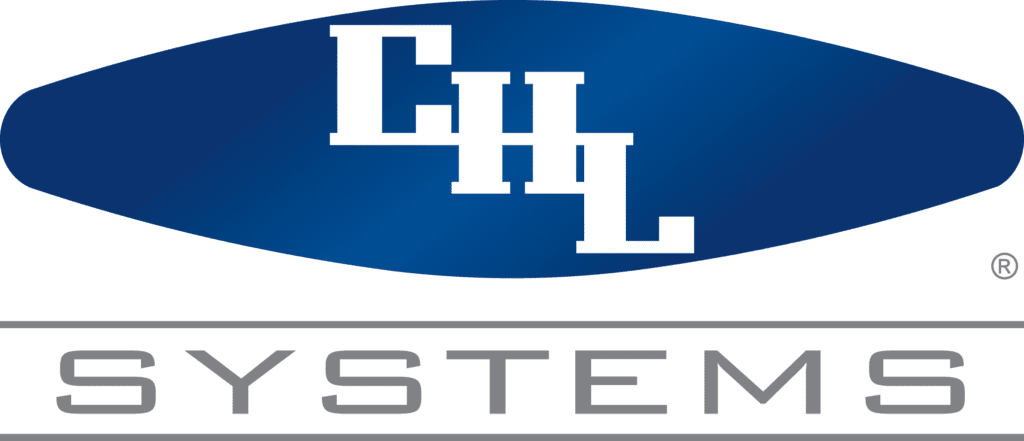As those companies grew into the food processing giants they are today, the Clayton H. Landis Co. grew, too. And as their businesses changed, so did the Landis company.
Today, the Landis’ Franconia company is known as CHL Systems. And while it still repairs equipment, its largest business is making systems that are designed to help its customers automate.
“We provide an overall solution,” said Mike Giagnacova, CHL’s chief operating officer. “They’ll have a problem, and we’ll go in and become experts on what they’re doing, and provide engineered
solutions to solve their problem.”
The rising demand for automation in manufacturing is giving a boost to local companies, like CHL, that design and build such systems. From complex robotics to massive conveyor belt systems that are built to move boxes, companies say automation makes it easier for manufacturers to compete on a global scale.
That technology has been one of the driving forces behind the changing nature of American manufacturing.
A study earlier this year by Ball State University’s Center for Business and Economic Research estimates that roughly 85 percent of the 7 million manufacturing jobs lost over the past four decades has been lost to technology, not overseas trade as some have said. And productivity has continued to rise even as jobs have decreased, the study by the Indiana university found.
Some call it a technology tsunami.
And while researchers at Oxford University, for instance, predict technology could replace 47 percent of all American jobs over the next decades, others believe technology will create new jobs while replacing some older ones.
They point to companies like Amazon, which has doubled its employee headcount over the past two years, all while increasing its use of automation and robots in its distribution centers.
More than 70 percent of respondents to Horsham accounting firm Kreischer Miller’s annual manufacturing survey said new equipment would lead to an increase in profitability, with 12 percent saying it would have a major impact.
For Waste Gas Fabricating Co., automation has led to growth, said Kyle Cloman, president and CEO of the Falls steel fabricator.
“In the industries we’re in, it’s always whoever can give the best quality, and make it the fastest, wins the contract,” he said. “The days of a guy sitting there and cutting everything by hand and hand grinding it, those days are gone. Now everything’s cut by lasers and plasmas (cutting tools) and punches. Parts we would make 30 years ago that would take 15 minutes, we now run in 30 to 40 seconds.”
The employee-owned company has 85 workers — up from about 60 five years ago — who serve nearly 500 customers in a wide range of industries, from transportation to heavy equipment
manufacturers.
“If anything, (automation has) grown our labor force,” said Cloman. “It’s allowed us to grow as a company, because we’re getting more work in the door.”
Stephen Maund hears similar stories from his clients.
“With today’s outsourcing to the Pacific Rim and Central Americas, the competitiveness of the domestic environment makes it very difficult for current manufacturers to be able to compete with that labor structure, as well as the other surrounding costs that are in the United States,” said Maund, president and CEO of Demco Automation in Milford. At
the same time, “Processes are more complex than they used to be. Reliability requirements are higher than they were previously.”
“Automation is critical in the current times to keep manufacturing here because of the complexity of the products, the complexity of the processes, and the overall costs in our industries today,” he added.
Demco, which recently moved to a larger facility, builds robots that can automate a wide variety of tasks that could be time-consuming — and even impossible — for humans, such as placing tiny stoppers not much larger than a pencil point into the tops of specimen tubes.
“Simpler processes have moved offshore,” Maund said. “What we have today is an increase in complexity that requires automation.”
For Demco, that means robots. For CHL Systems, it means largescale systems that help speed packaging and other processes for customers.
“Automation is a lot broader than what people look at,” said CHL manufacturing manager Mat Landis. “It’s not just a robot.”
CHL, which employs about 140 people and is growing, provides a wide variety of automation solutions to the food and pharmaceutical industries, creating systems out of steel, stainless steel and plastic. Its warehouse is filled with giant conveyor belts, packaging systems and other products in various stages of assembly.
“In our economy today, everybody’s trying to be more efficient,” said CHL’s Giagnacova. “Automation is an opportunity to become more competitive.”
By Crissa Shoemaker DeBree, staff writer, The Intelligencer

